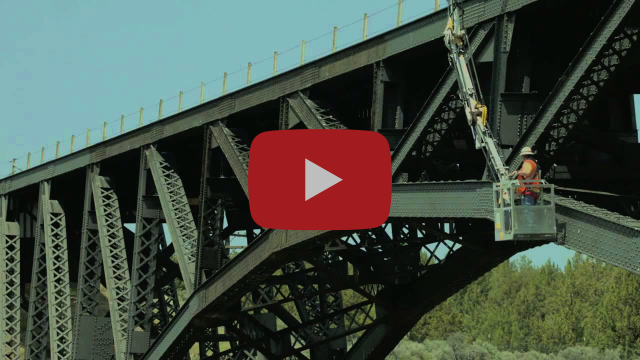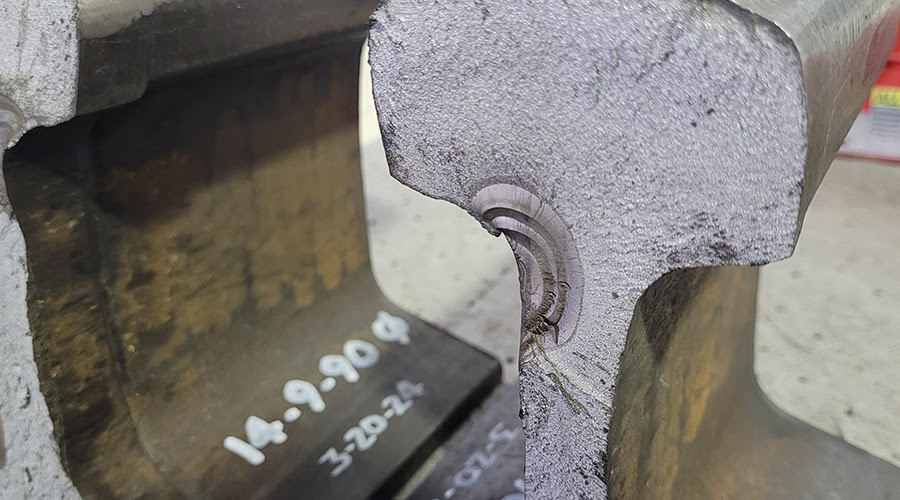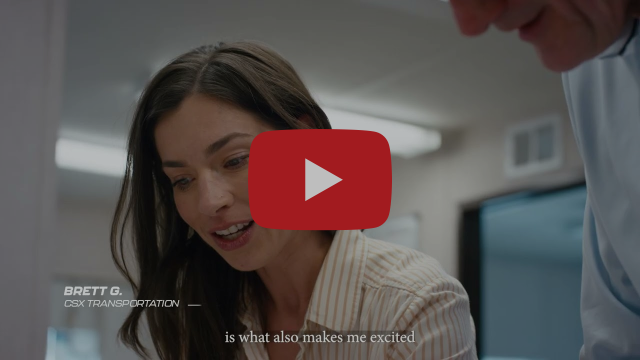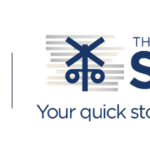OPEN DOORS – The Signal – 7/29/25
Railroad 101: Bridges
The more than 61,000 freight railroad bridges across the country are essential to keeping freight moving safely and efficiently. That’s why railroads follow strict safety regulations and make significant private investments each year to ensure these bridges stay safe.
-
Inspections are constant. Every bridge is inspected at least once a year—more often if needed. If an issue’s found, trains don’t move until it’s fixed.
-
Safety programs are required by law. Federal rules mandate that railroads maintain bridge safety programs outlining inspections, repairs, and emergency protocols. The FRA conducts audits for compliance.
-
Specialized teams do the work. Trained engineers and inspectors use advanced tools—from visual checks to underwater reviews—to catch issues early and act fast.
-
Bridge reports ensure safety. Professional engineers evaluate whether bridges are safe to use. These reports are shared with agencies, including states, through the FRA—but not released publicly to protect infrastructure security.
EXPERT INPUT: Improving Safety and Efficiency at U.S. Rail Grade Crossings
“Railroads are crucial to America’s transportation system, but face serious challenges at highway-rail grade crossings, where safety risks and logistical inefficiencies persist,” says Center Forward.
“With more than 2,000 incidents annually and growing pressure from increased freight and urban development, the rail industry and government are investing in solutions. Programs like the Rail Crossing Elimination Grant and Section 130 aim to close dangerous crossings, install safety features, and upgrade infrastructure. Public-private initiatives such as CREATE in Chicago and awareness campaigns support safety and efficiency.”
MxV Rail pushes innovation from lab to track.
 MxV Rail experts found that more careful grinding practices can help prevent weld failures.
MxV Rail experts found that more careful grinding practices can help prevent weld failures.
At its new Pueblo, Colorado facility, MxV Rail kicked off its first season with 50 experiments—doubling initial expectations—to drive safety and innovation across the rail industry. Backed by 250+ experts, the AAR subsidiary is advancing tech like AI-powered flaw detection and smarter weld practices.
Its SERTC center also expanded first responder training to cover alternative fuels and battery incidents. With 16 major projects in motion, MxV is helping railroads modernize while safely bridging the gap between innovation and regulation.
 Read the full insights from MxV Rail President and CEO Kari Gonzales.
Read the full insights from MxV Rail President and CEO Kari Gonzales.
Freight rail jobs open doors.
Remember when we teased stories from the rails after a video shoot in Chicago? We’re kicking things off with a spotlight on how railroading is more than a job—it’s a lifelong, purpose-driven career.
From dispatchers to engineers, freight rail offers well-paying, union-supported roles—many of which don’t require a college degree. With strong benefits and a median tenure of almost 14 years, these careers provide long-term stability, advancement opportunities, and a proud legacy that often spans generations.
 Hear directly from the people who keep freight moving. No scripts, no AI—just honest insights from real railroaders on the job.
Hear directly from the people who keep freight moving. No scripts, no AI—just honest insights from real railroaders on the job.
INDUSTRY READS
WSJ
Trump’s Tariffs Are Being Picked Up by Corporate America
Reuters
Trump suggests Fed may be ready to lower interest rates
Trains
Union Pacific expands domestic intermodal service
Railway Age
FRA Regulatory Roundup
Progressive Railroading
GoRail hosts state legislators for policy chat in Indianapolis






